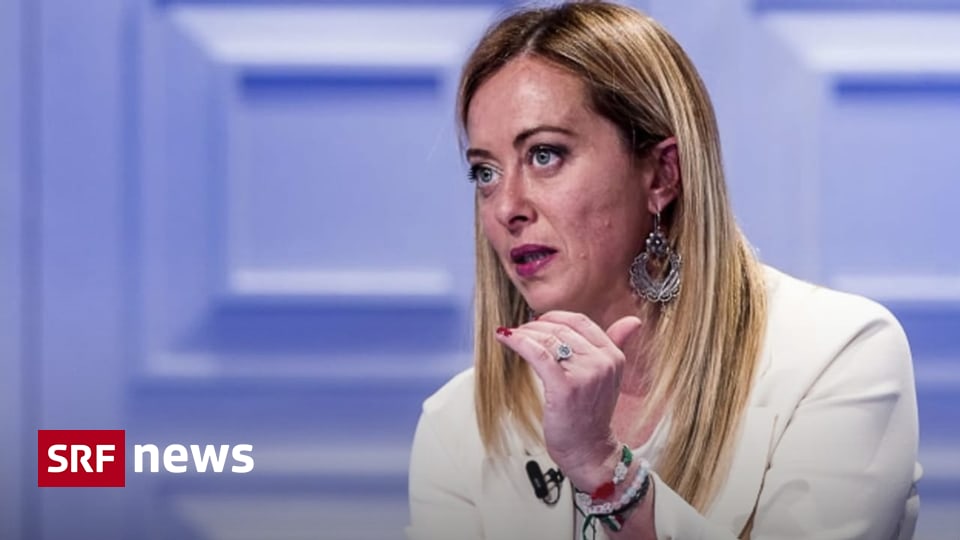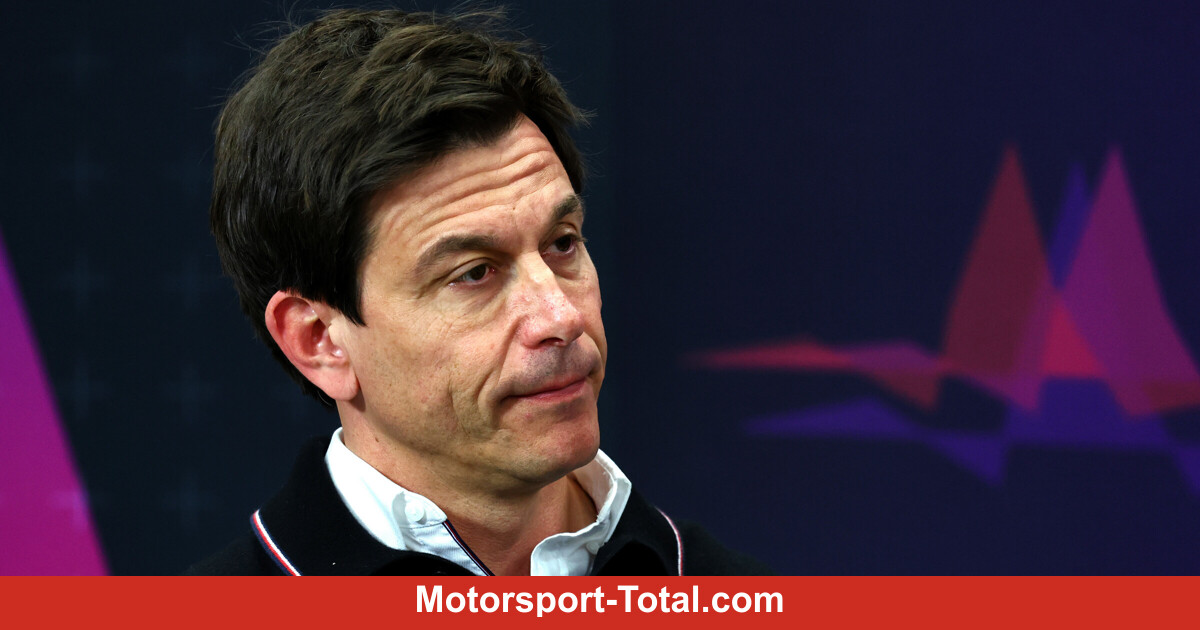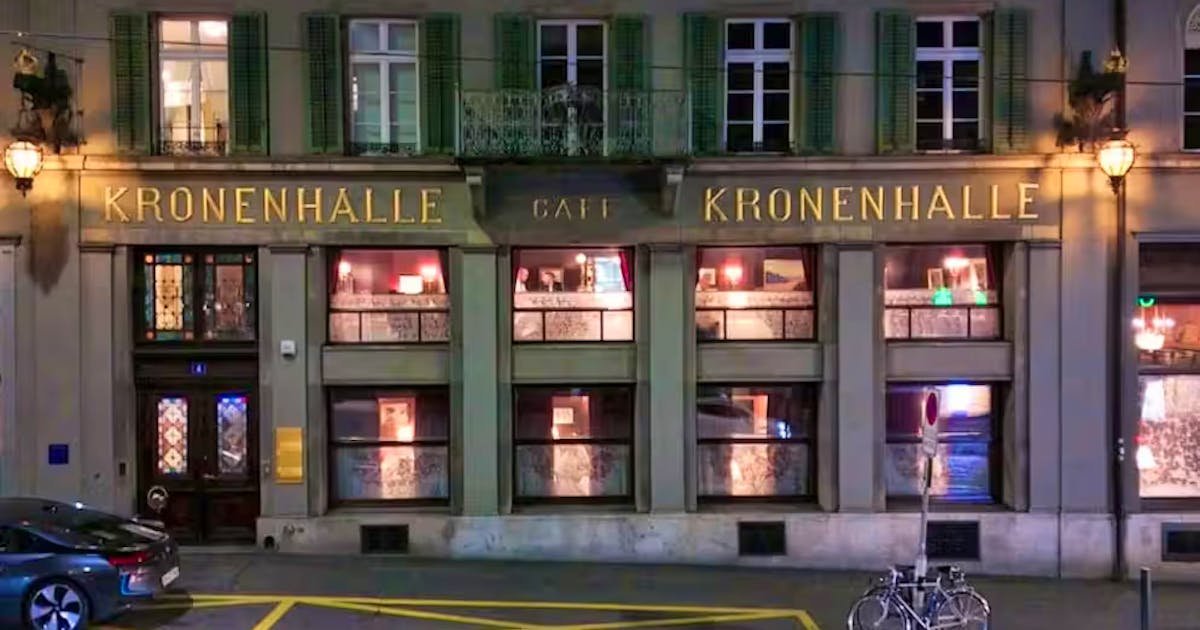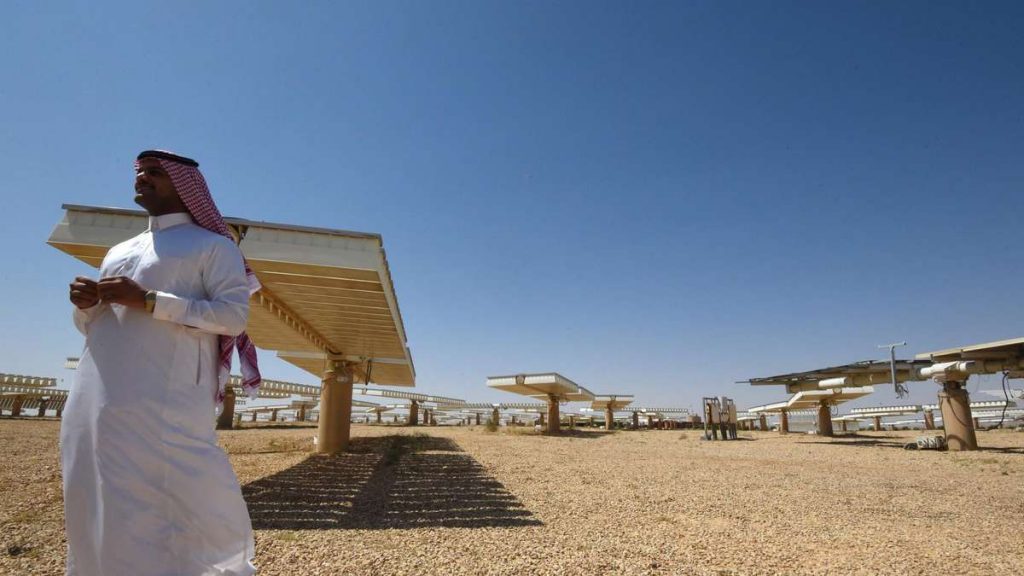-
FromJoachim Willie
Close
The petroleum state is intensifying its use of solar energy. The Kingdom of Saudi Arabia aims to use 50% renewable energies by 2030.
Saudi Arabia, along with the USA and Russia, is one of the top three oil producing countries in the world and has been the main brake on international climate negotiations for decades. But switching power supplies starts there, too. The first large solar energy complex has recently been inaugurated and a contract for the construction of a huge solar energy plant has been signed. This fits in with recently announced climate plans: Saudi Arabia aims to provide 50 percent renewable energy by 2030 and wants to plant ten billion trees over the next few decades.
Saudi ACWA Power, the operator of power generation and water desalination plants, announced the official opening of the “Sakaka Photovoltaic” solar energy station, with a maximum production capacity of 300 MW. It is the first environmental energy project in the Kingdom of Saudi Arabia to make a remarkable contribution to the electricity supply. Investment costs: the equivalent of 290 million euros.
Sakaka PV is the pilot project for more plants according to the “National Renewable Energy Program” (NREP), which was established by the Saudis. In the long term, according to the Department of Energy, the capacity should increase to 58,700 MW. The next big step is the Sudair power plant with a capacity of 1,500 megawatts, which is being built 150 kilometers from Riyadh. It should be completed in 2022 and produce electricity at a record low price of 1.03 euro cents per kilowatt-hour. Consequently, Sudair undermines even the largest solar power plant currently being built by the UAE, with an output of 2,000 MW in the final stage, and electricity costs here: 1.15 cents.
Riyadh’s ambitious plans for environmental energies can be seen from the fact that its share of final energy consumption is still less than one percent, according to the International Energy Agency (IEA) it was only 0.02 percent in 2017. In presenting expansion goals, Crown Prince Mohammed bin said Salman said the kingdom has a share of responsibility to push the fight against the climate crisis. In their country, desertification, dust storms and air pollution have increased, which are detrimental to the Saudi economy and the health of the people. According to the Saudi Press Agency, he said, “Climate action will improve competitiveness, stimulate innovation and create millions of good jobs.”
Ten billion trees?
Tazeel Alam, a climate expert on video assistant governance, described Saudi Arabia’s ambitions in the field of renewable energy as “huge”. “If something like this comes from one of the biggest oil producers, then that is a very bold statement,” he told the British information service, “Climate Home.” In some mountainous regions of the country there is potential for wind energy, but the lion’s share of green electricity will come from solar energy in the desert. “The size of the projects and the solar energy make solar energy in Saudi Arabia cheaper than anywhere else,” he said. However, major investments in energy storage are also necessary.
Meanwhile, it is not clear how realistic the plan is to plant ten billion trees in Saudi Arabia and 50 billion trees across the Middle East. The country is the third drought in the world, and currently only about 0.5 percent of its area is forest. Generally speaking, the number of trees in the Middle East is mainly restricted to the Mediterranean coast. Experts believe that greening is conceivable if adaptive tree species are chosen, such as the Ghaf tree, the national evergreen tree from VAR, which needs little water, thrives long and supports biodiversity.

“Tv expert. Hardcore creator. Extreme music fan. Lifelong twitter geek. Certified travel enthusiast. Baconaholic. Pop culture nerd. Reader. Freelance student.”






More Stories
The first F1 team with over $600 million
Mercedes-Benz recalls 261,000 SUVs
With a private cabin Markets: Aegean flies on long-haul flights with the Airbus A321 LR